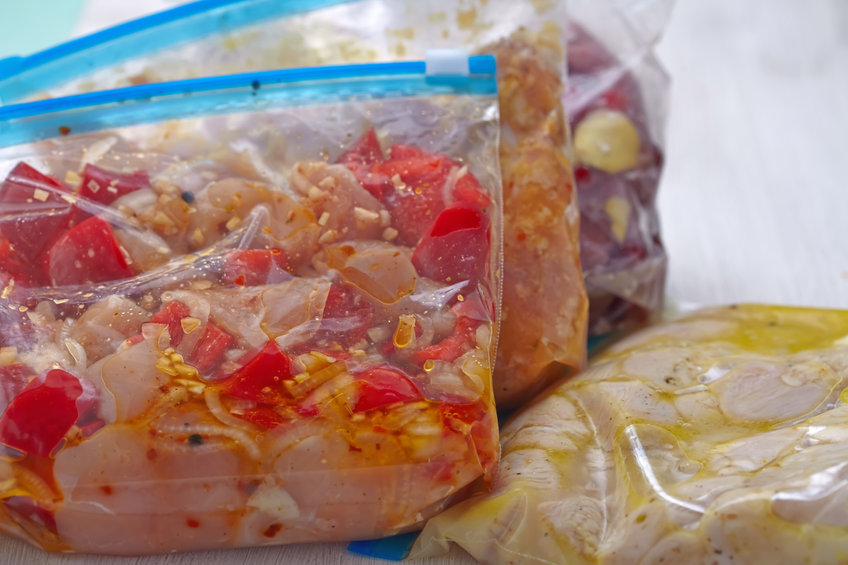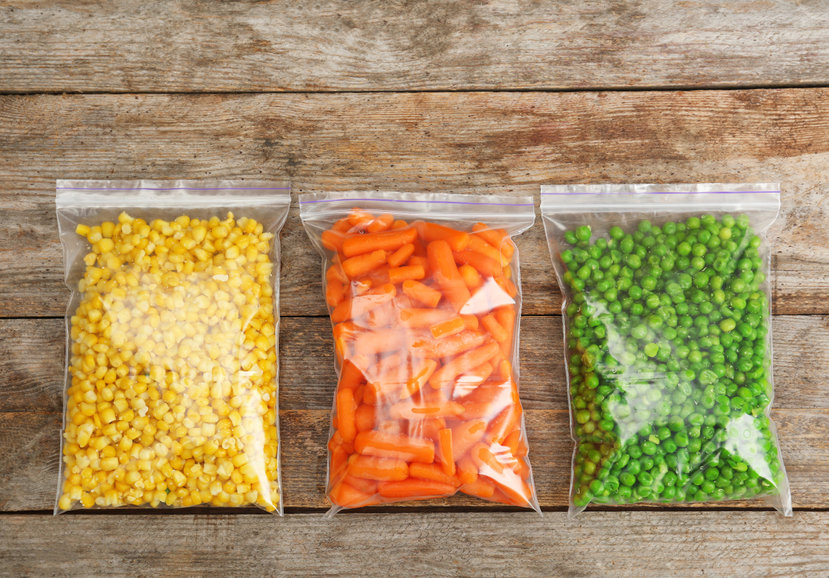
Nearly every month, the cost of groceries seems to rise. What can you do? You need to feed your family, but the current high price of groceries is straining most families’ budgets, especially when combined with the high cost of other necessities such as gas and housing. For most families, the cost of food is the second-highest expense behind housing. (In our family, if I’m not careful, the cost of food is higher than our monthly housing costs.) While you may try to coupon or buy food when it’s at its lowest sale price, another way to save is to utilize these tips to stop food waste.
How Much Food Do Americans Waste?
According to Earth.com, the average American family “waste[s] nearly one third of the food they buy.” However, if they utilized strategies to eliminate food waste, “a family of four could save $2,000.”
If you haven’t made a conscious effort to stop food waste, now is the time.
8 Tips to Stop Food Waste
Years ago, my husband and I wasted quite a bit of food. Every week, we would have anywhere from three to six containers of leftover food that we would have to throw out. We would also sometimes waste fruits and vegetables. Now, we no longer do that; we rarely waste any food.
We used these eight tips to stop wasting food:
Don’t Eat Out Frequently
One reason we wasted so much food years ago was that we ate out three to five times a week. When you eat out that frequently, you don’t have the opportunity to eat the leftovers you already have or the ingredients you bought to make meals.
Not eating out dramatically reduced our food waste.
Make Meals You Enjoy
This seems silly to say, but make meals that you enjoy eating. I used to make casseroles because I liked making only one item for a meal that had the protein, carbs, and veggies my family needed. However, none of us liked casseroles, especially not leftover. The leftovers frequently went in the garbage.
Now, I make meals we enjoy, and they’re not wasted.
Freeze the Leftovers
We have two deep freezers, and I utilize them extensively to avoid food waste.
Freeze Leftover Meals

Sometimes I make a recipe that is supposed to serve eight, but there are enough servings for 12. We eat the meal once, and then we eat the meal leftover once later in the week.
By then, my family is tired of eating this meal, so if it freezes well, I freeze the last four servings. Then, about six to 12 weeks later, I pull it from the freezer and serve it to my family. They don’t complain because it’s been weeks since we last had that meal. I don’t complain because I get a night off from cooking, and I didn’t have to buy food at the grocery store for that meal that week.
Freeze Leftover Ingredients
You can also eliminate food waste by freezing leftover ingredients. For instance, I only use tomato paste for a beef stew recipe I have. Once I use one tablespoon, I have about two-thirds of the can left. Rather than just tossing it, I put the tomato paste in ice cube containers and freeze it. Each ice cube size of tomato paste is about one tablespoon. Now, the next four times I make beef stew, I don’t have to use a new jar of tomato paste; instead, I use one of my leftover ice cubes of tomato paste. Sure, I am only saving a little, but when I do this for many food items, the savings add up.
Create a New Meal Out of Leftovers
Luckily, my family doesn’t mind eating leftovers. If your family does, you can avoid food waste by making new meals out of the excess.
For instance, let’s save you have a pork roast for a meal and have leftover shredded pork. You could serve it just like you did the first time. Or, you could mix it with barbeque sauce and make pulled pork sandwiches. If you still had leftovers, you could use them later in the week for pork carnitas. Your family probably won’t complain about eating leftovers this way because you’ve made three different meals with the meat.
Don’t Buy More Than You Need
Don’t buy more than you need sounds simple but can be difficult. Rather than planning six meals you’ll make from scratch this week, only buy ingredients for four meals. You can serve leftovers for the other meals or make meals from what you already have on hand.
Buy Frozen Fruits and Vegetables

If you routinely have to throw away produce because it goes bad before you can cook it, consider switching from fresh to frozen. Fresh strawberries may go bad within a few days, but frozen strawberries last for months in the freezer.
We usually buy fresh fruits and veggies, but we also have several bags of frozen that we use to supplement our fresh vegetables. Frozen veggies give you more flexibility because you don’t have to use them within a few days.
Have a Pantry Challenge
We’ve all bought ingredients for a recipe, but then something comes up and we can’t make that recipe. Meanwhile, the ingredients sit on our pantry shelves. One way to avoid having miscellaneous items fill your pantry shelves is to have a pantry challenge. For one to four weeks, buy the bare minimum groceries and focus on using up the ingredients that you have on hand.
Not only is this a great way to reduce food waste because you’re using what you already have, but it’s also a good way to save money.
Final Thoughts
If you’re struggling with the high cost of food, use these 8 tips to stop food waste. Learning to not waste food could save your family thousands of dollars a year.
Read More
Feed a Hungry Teenager Without Breaking Your Grocery Budget
How to Feed Your Family on a Low Budget
5 Tips Save on Groceries This Year
Melissa is a writer and virtual assistant. She earned her Master’s from Southern Illinois University, and her Bachelor’s in English from the University of Michigan. When she’s not working, you can find her homeschooling her kids, reading a good book, or cooking. She resides in New York, where she loves the natural beauty of the area.

Leave a Reply